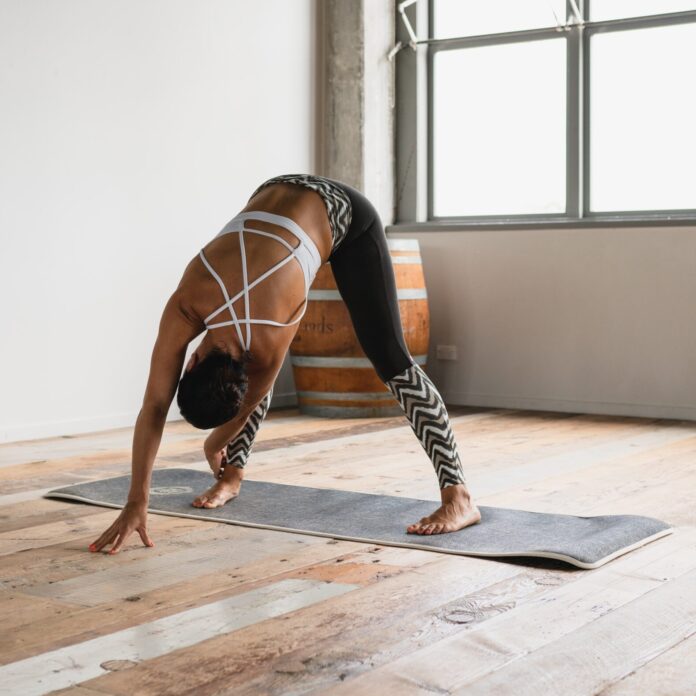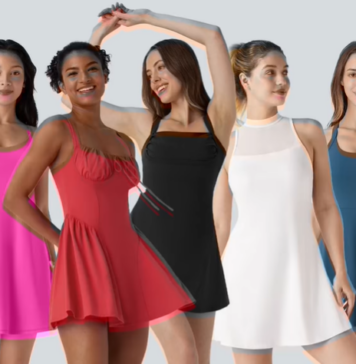
Handstands are much more than just impressive feats of strength or something that makes for cool Instagram photos. In yoga, they’re what’s known as a type of inversion, or pose where the hips and heart are positioned above the head. Inversions are practiced for a variety of reasons, such as to cultivate balance and improve circulation, and handstands are just one of several inverted poses that can offer such benefits. If you’d like to include some inversions in your practice but don’t feel ready to go all the way upside down, here are a few gentler alternatives.
Dolphin Pose
Dolphin Pose is similar to Downward-Facing Dog and is an effective way to strengthen your shoulders if you’re looking to eventually balance in a forearm stand. Start in a Downward Dog position, then slowly lower your forearms to the mat while keeping your elbows directly under your shoulders. Press your palms into the floor, forming a triangle with your forearms. Continue to lift your hips upward, holding for 5-10 breaths before releasing into a Child’s Pose.
Legs Up the Wall
If you’re looking for something a bit more restorative, Legs Up the Wall can help to improve circulation and promote a sense of calm without challenging your muscles or sense of balance. On your bed, the floor, or any comfortable surface, lie on your back with your hips close to a wall. Extend your legs upward, resting them against the wall with your knees slightly bent. Hold for 5 minutes, breathing deeply into your belly.
Supported Shoulder Stand
Supported Shoulder Stand is similar to handstand in that it positions the body almost completely upside down, but requires significantly less skill to perform. In addition to encouraging lymphatic drainage, the gentle pressure this posture exerts on the throat is a great way to stimulate the thyroid. To perform Supported Shoulder Stand, place a folded blanket under your shoulders and lie on your back. Lift your legs and hips upward, placing your hands on your lower back or your hips against a chair for support.


